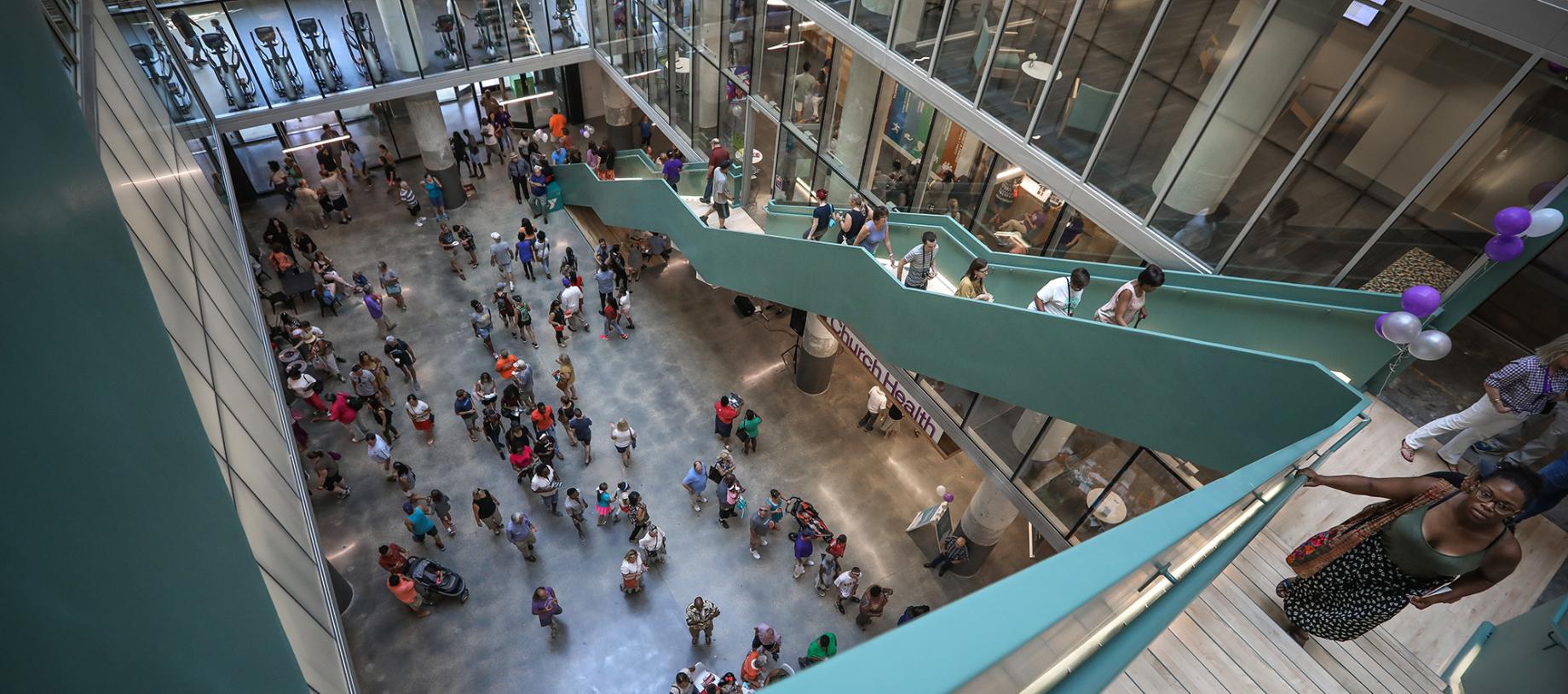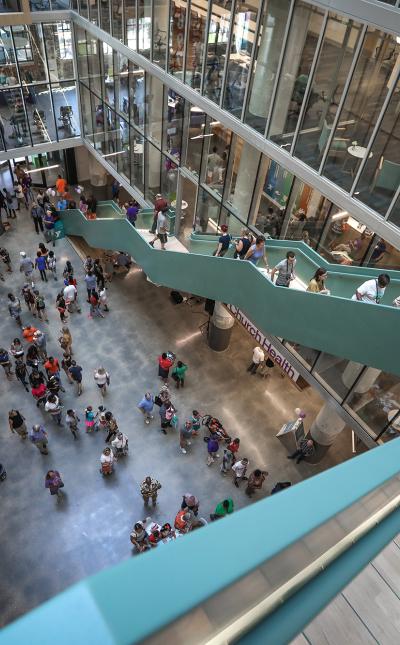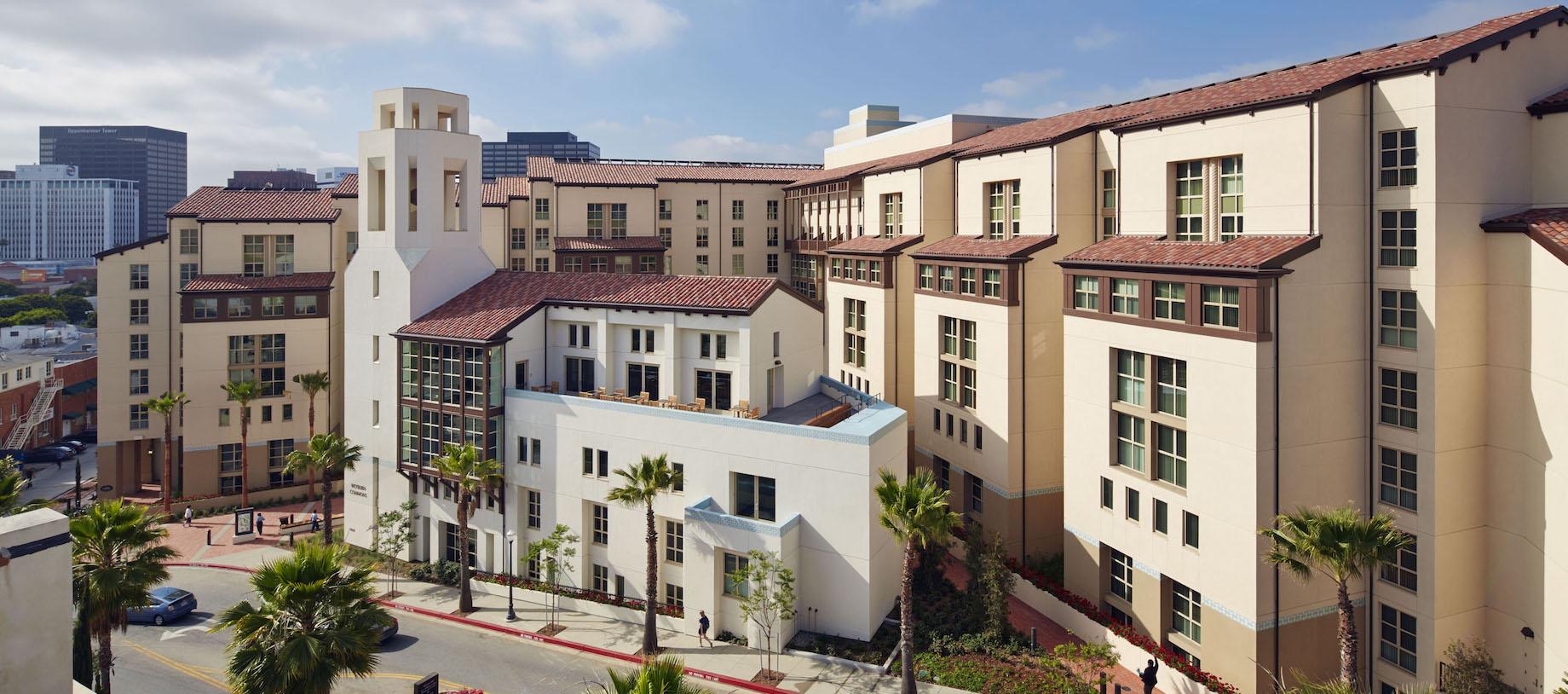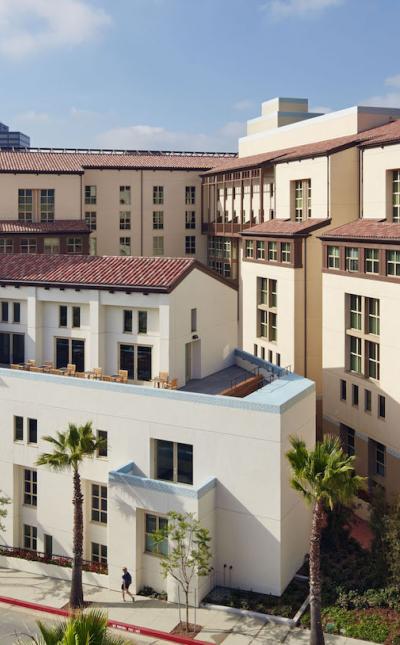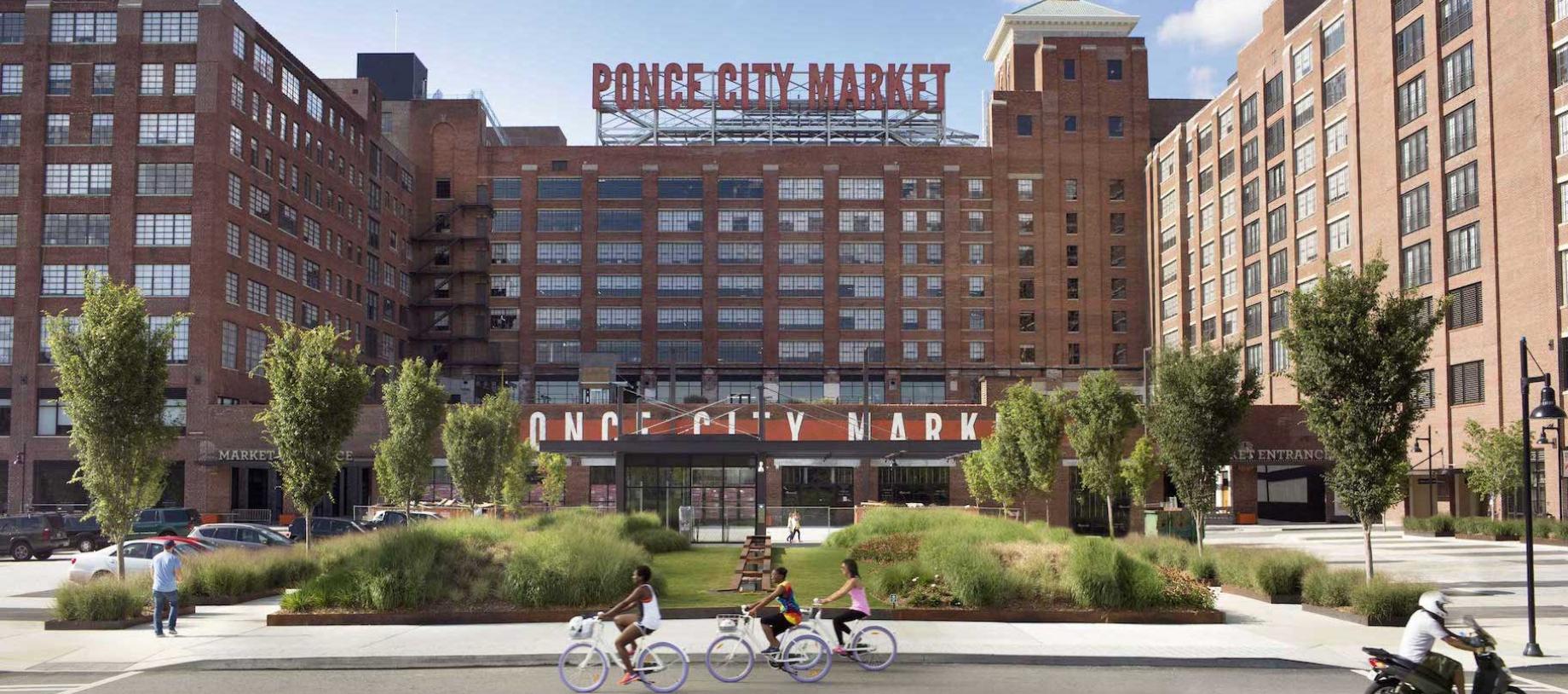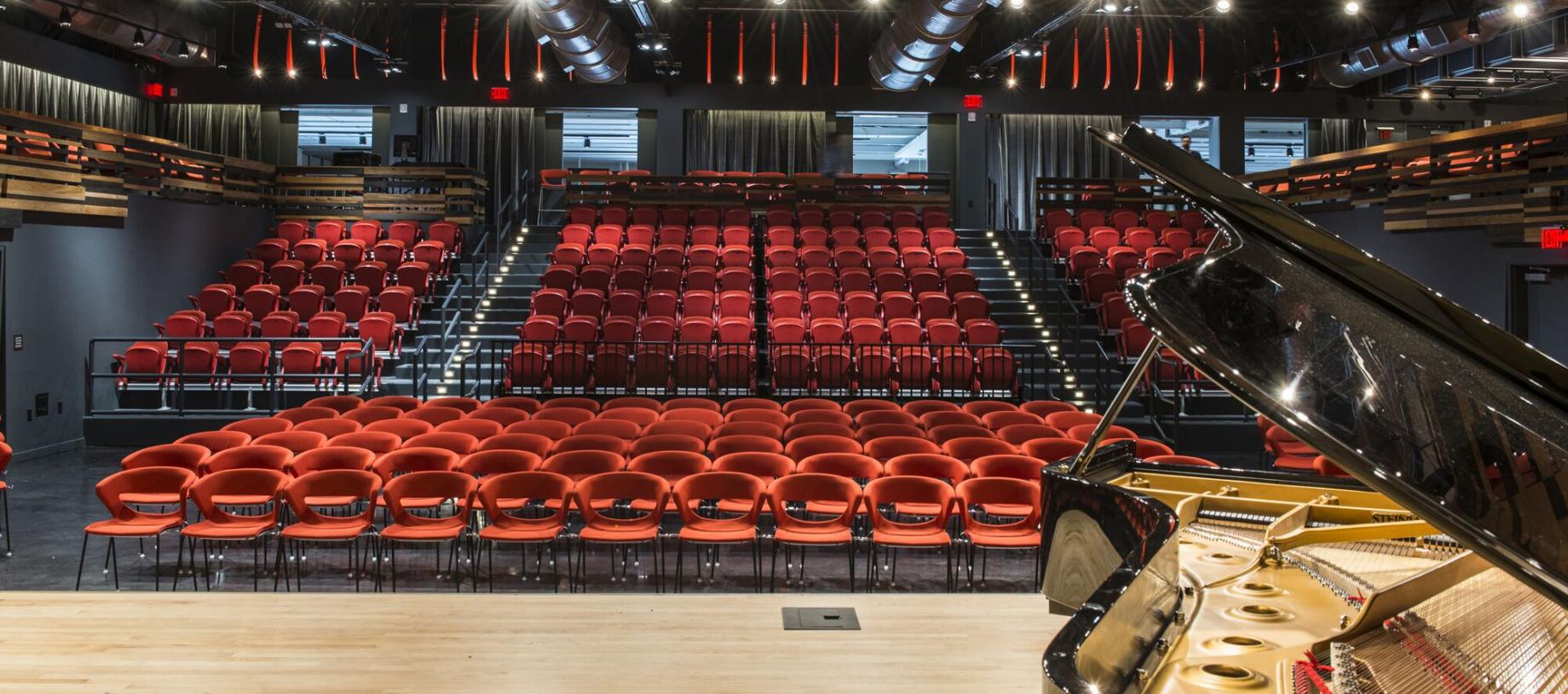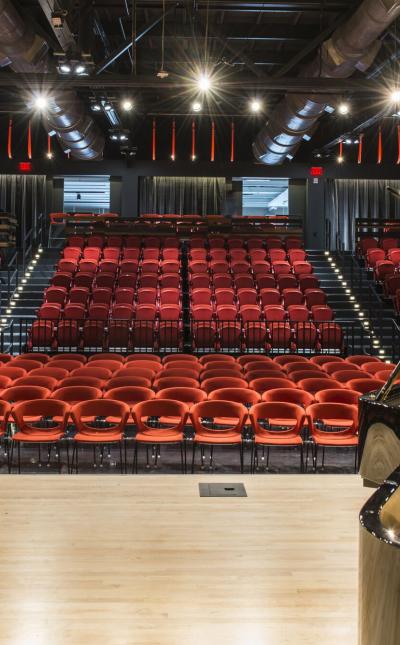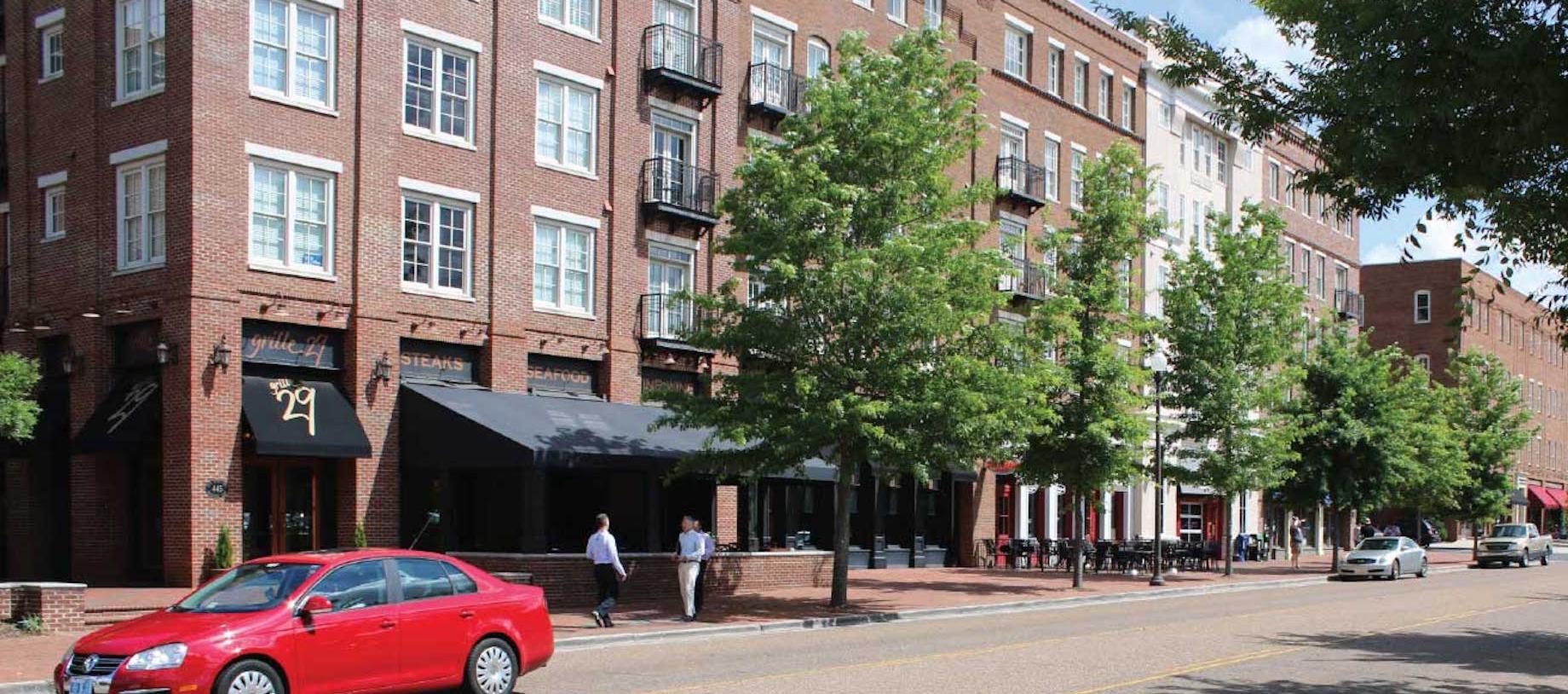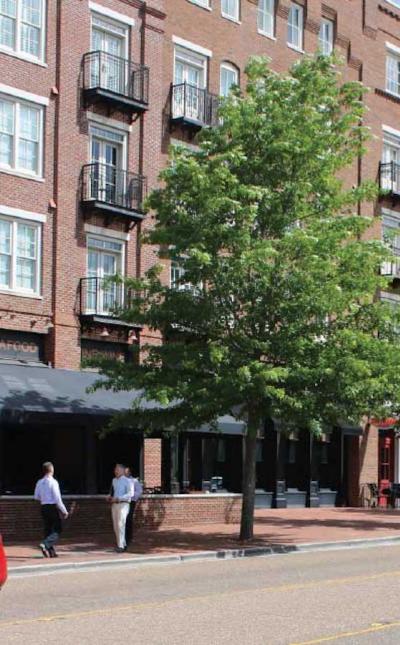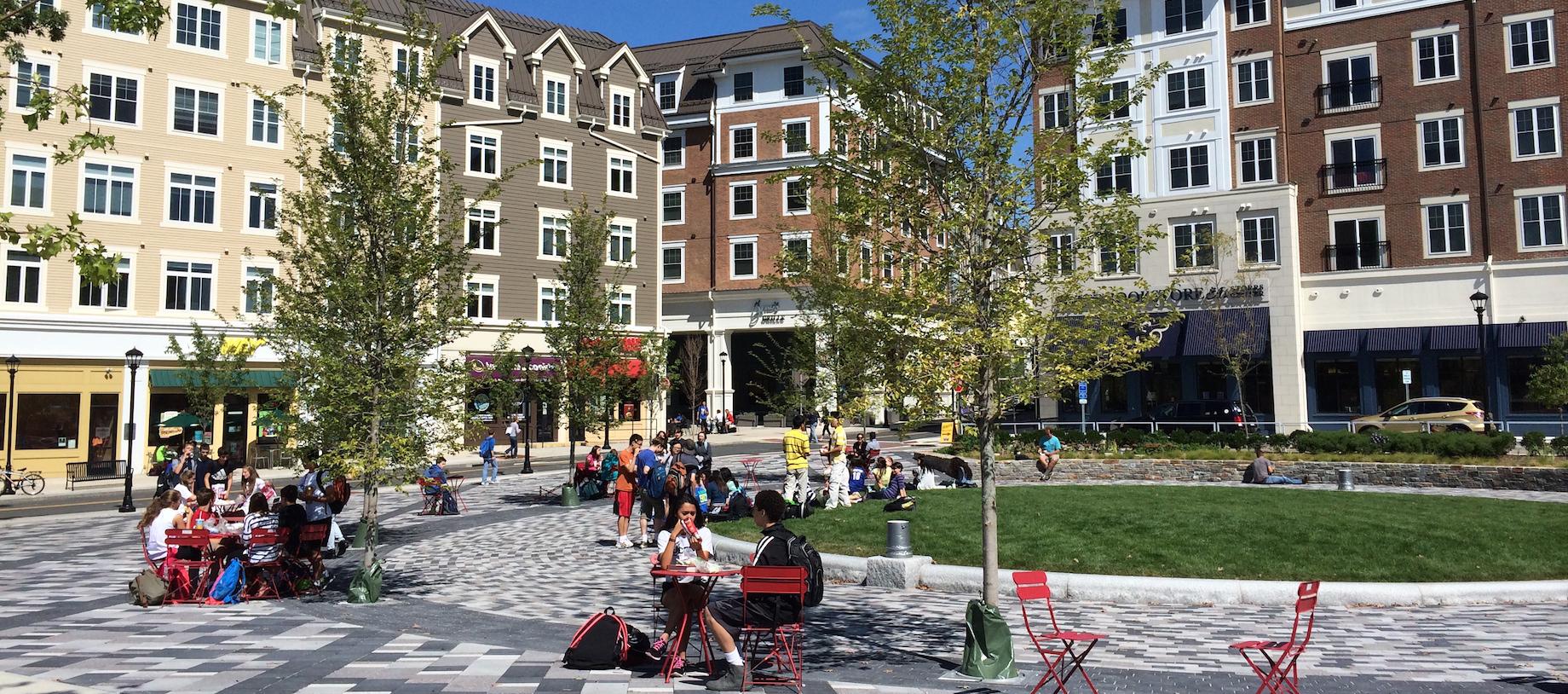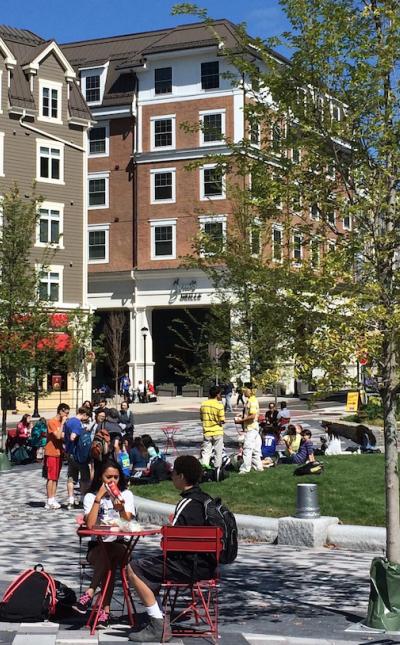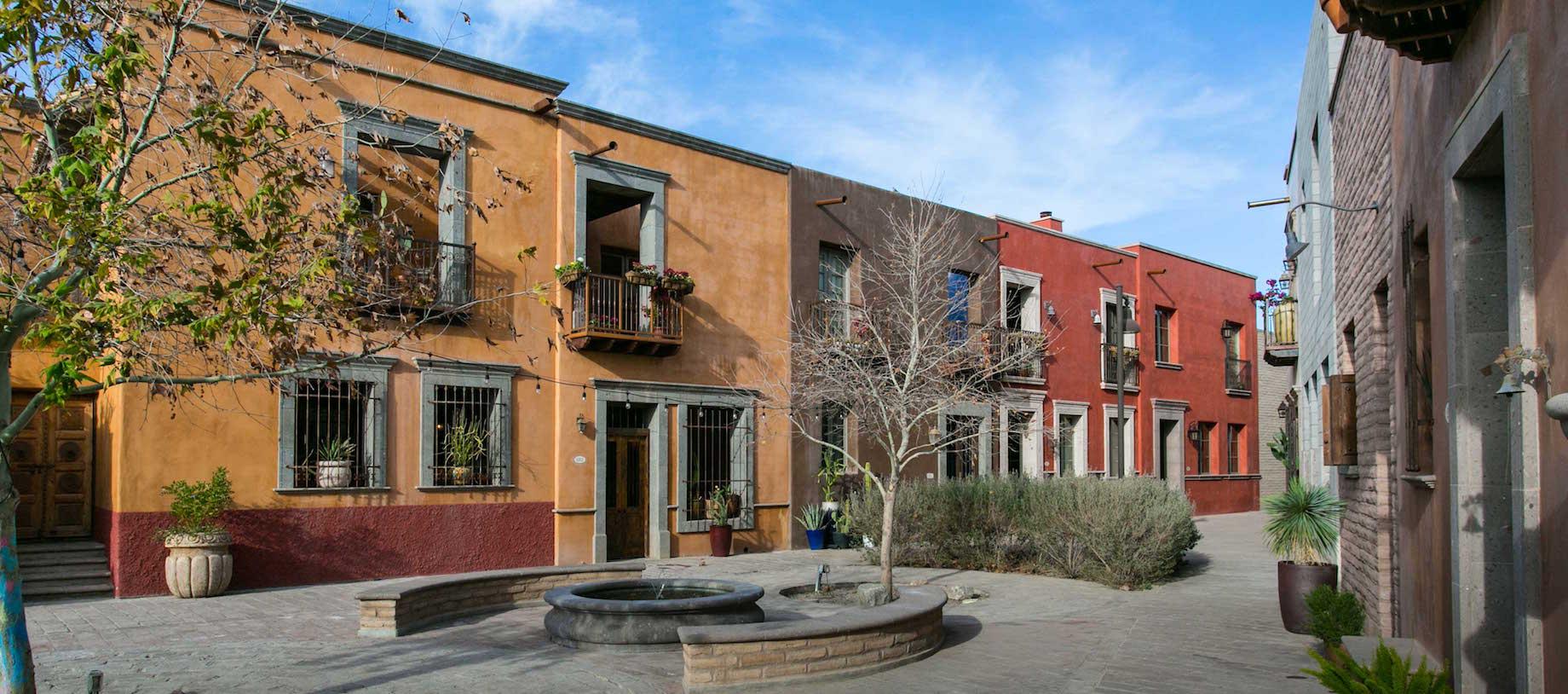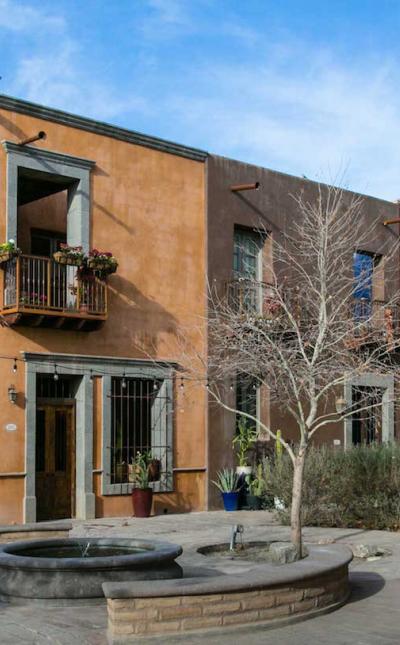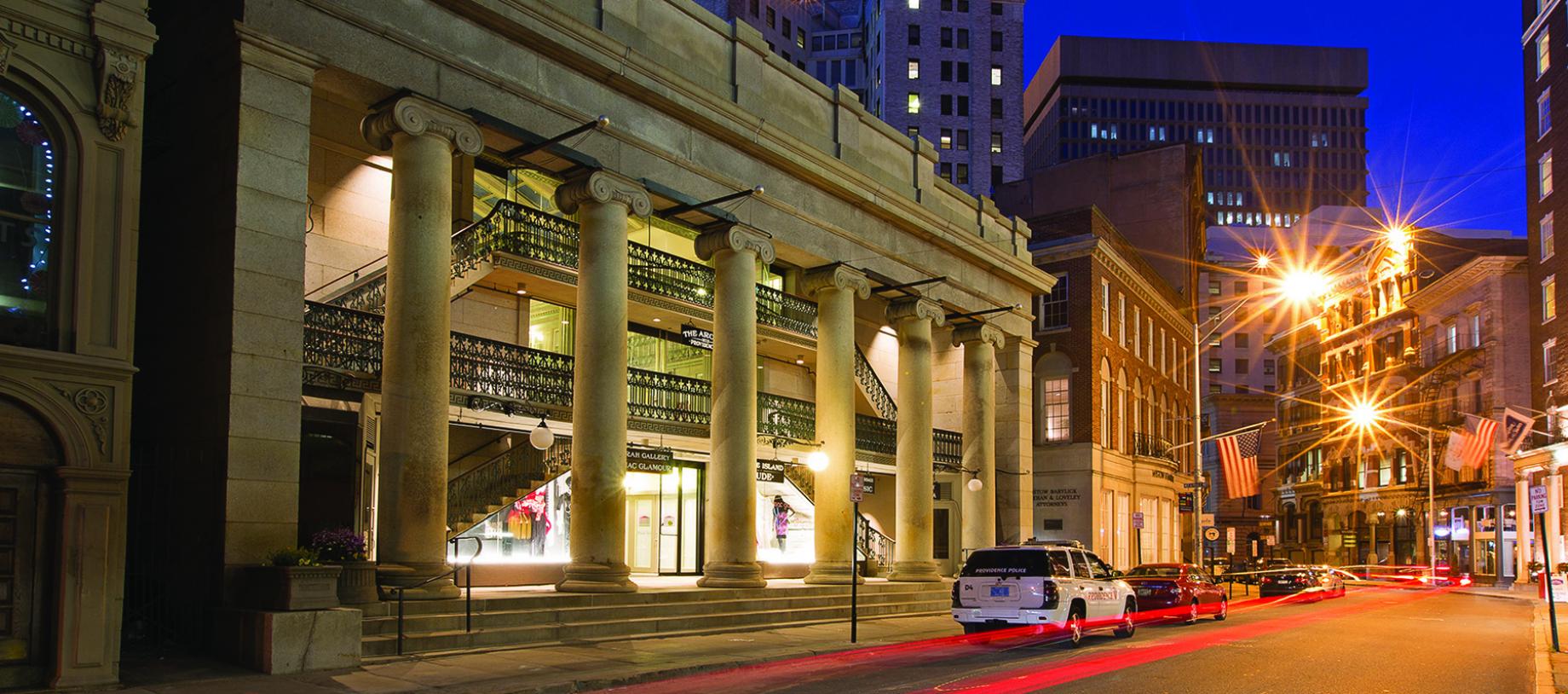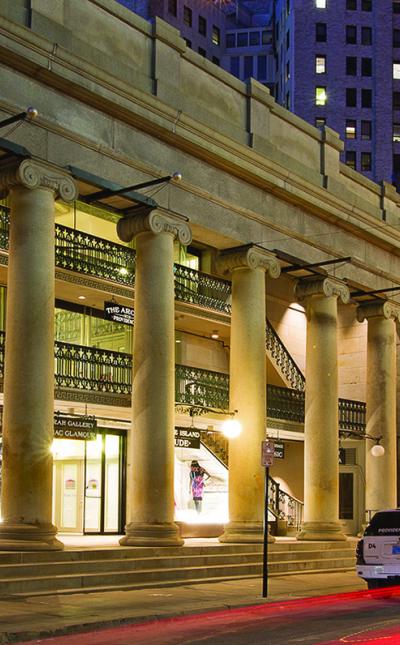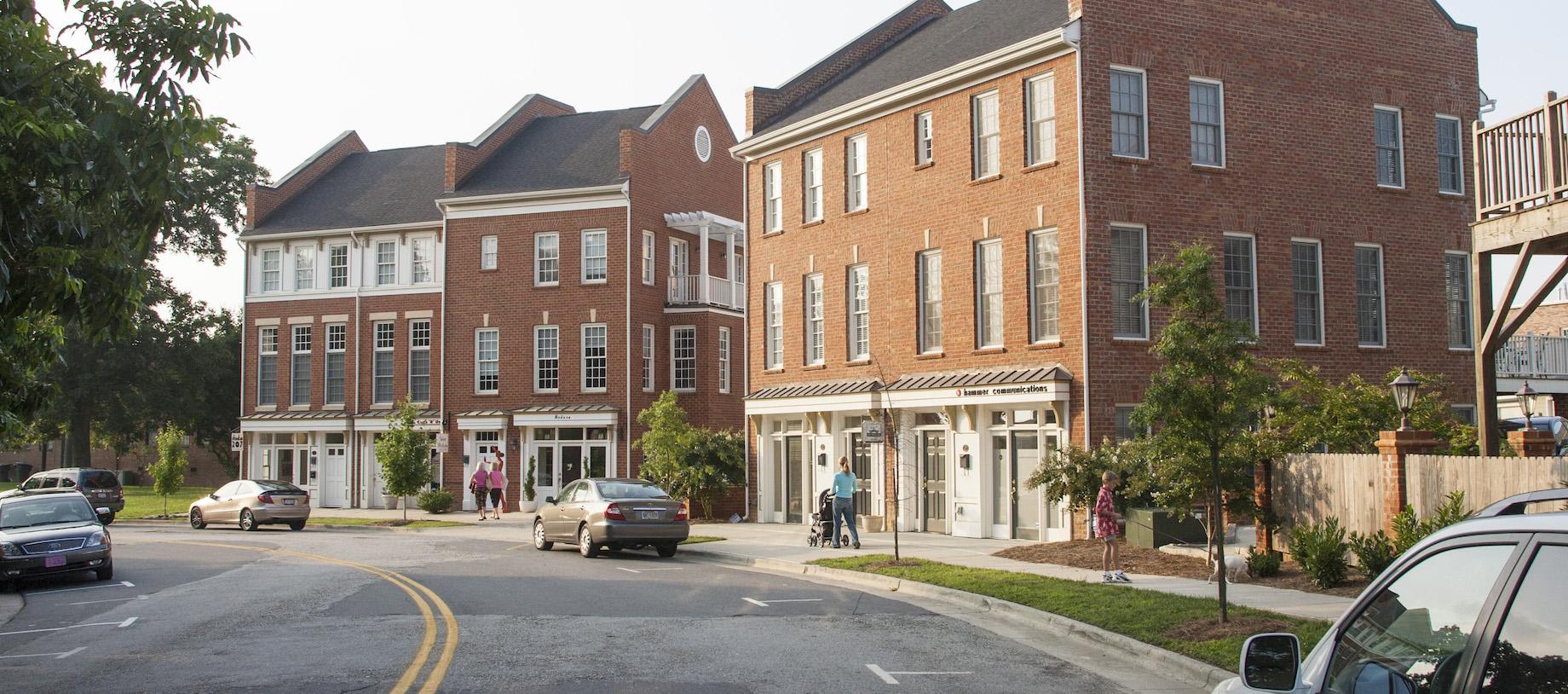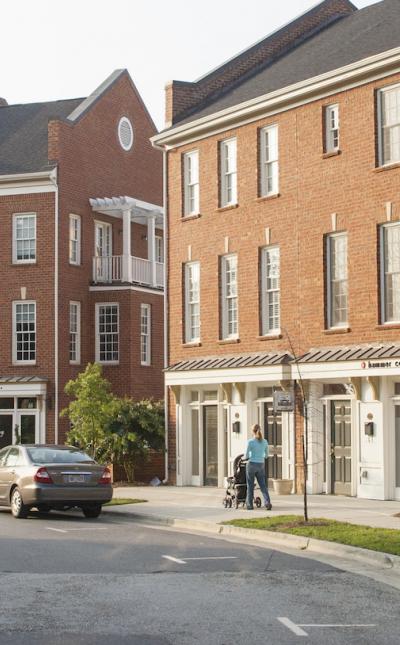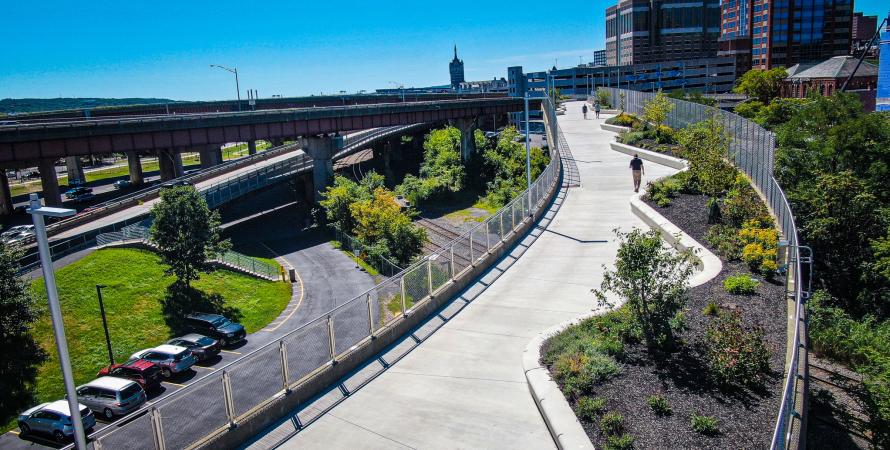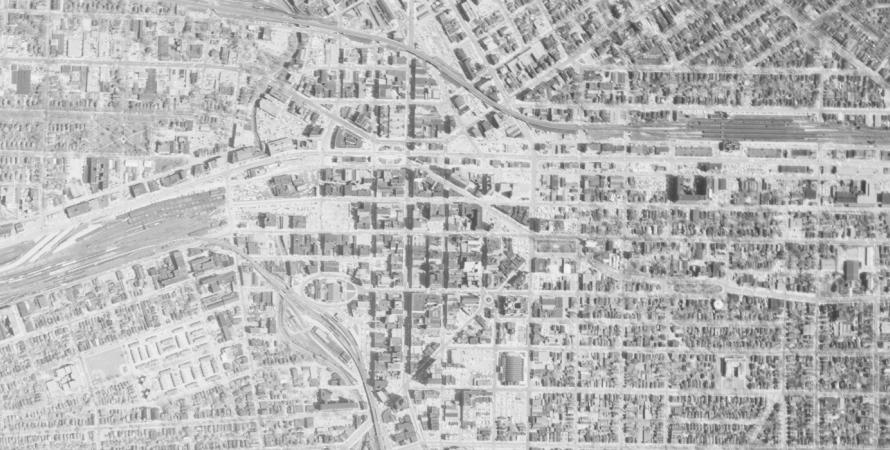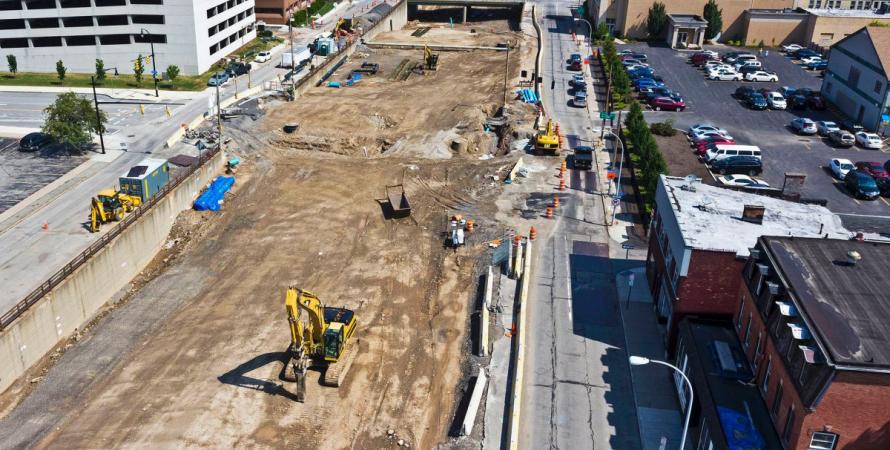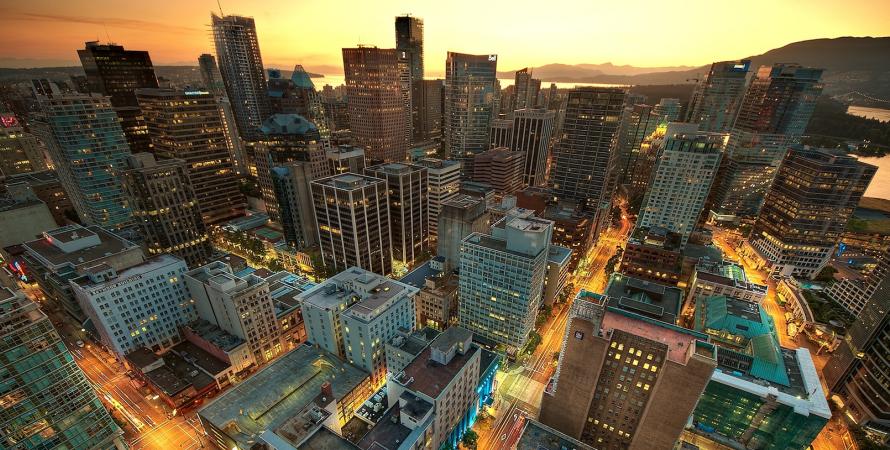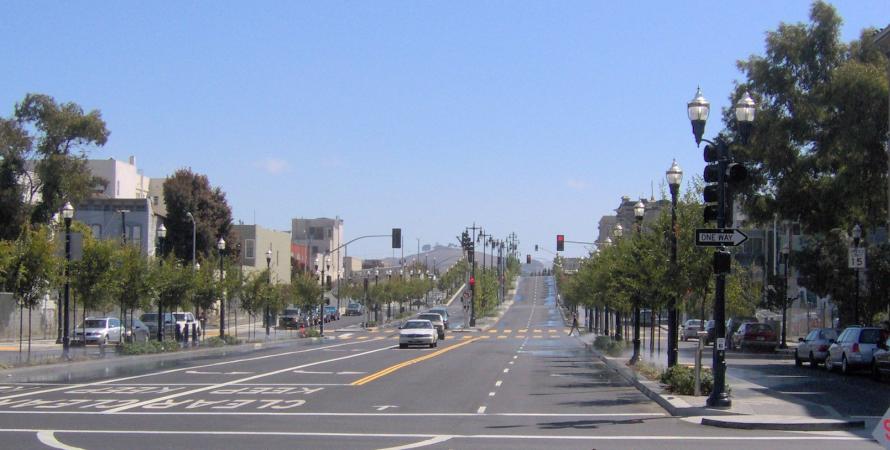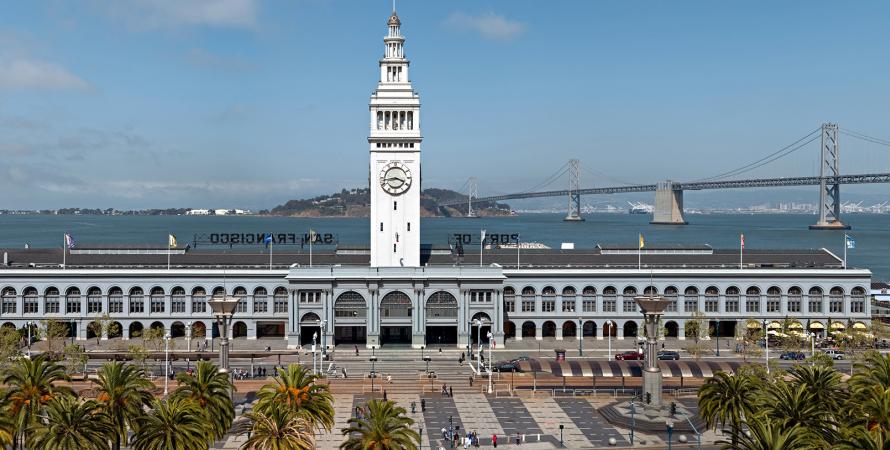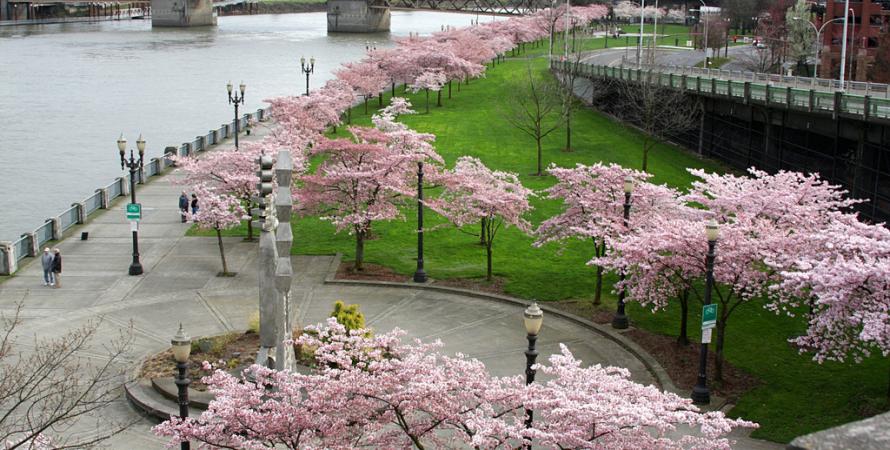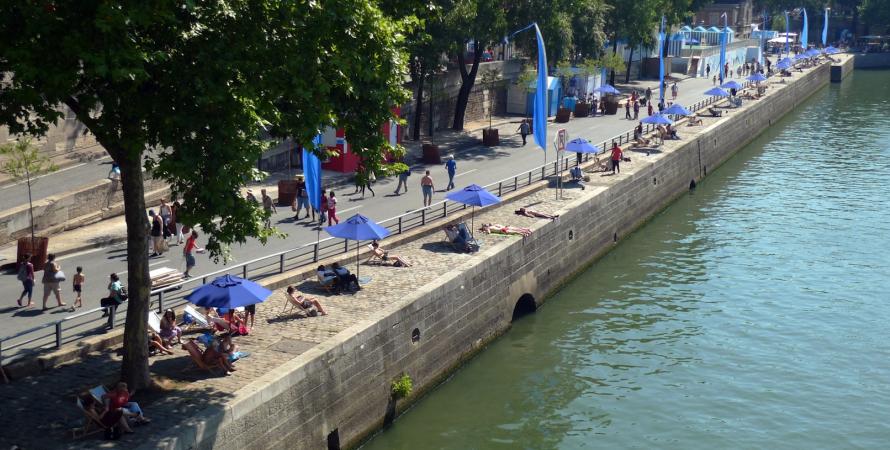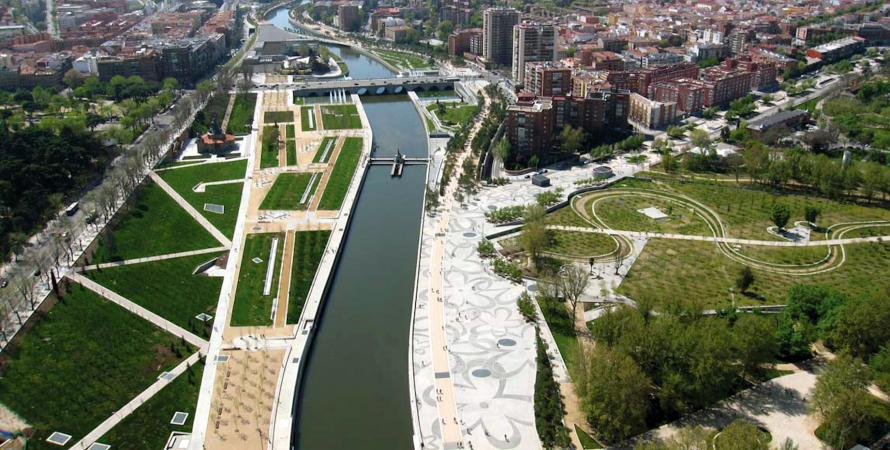Project Database
This searchable database of projects represents the range and diversity of work in the New Urbanism. From regional-scale visions to single-building historic renovations, CNU members and their allies build places people love through land use planning, development, policy, and advocacy. If you are aware of a project that you believe should be part of the database, please email Robert Steuteville or Lauren Mayer.
Filters
Albany Skyway
Albany, New York
Cities across America have been damaged and disfigured by urban freeways—and the recently completed Albany Skyway shows how they can begin to heal.
Re-Envision Albany
Albany, New York
For more than 50 years, residents of Albany, New York, have endured the effects of I-787, an elevated freeway that divides the city from its waterfront and neighborhood from neighborhood with a massive access road and imposing on-ramps.
I-81 transformation into a boulevard
Syracuse, New York
The construction of Interstate 81 in Syracuse came with the forced displacement of nearly 1,300 residents from the city's 15th Ward.
I-490 Inner Loop
Rochester, New York
In the early 1950s, when construction began on Rochester's Inner Loop Highway, the city's population was about 330,000.
Georgia & Dunsmuir Viaducts
Vancouver, Canada
In 1915, the elevated freeway, the Georgia Viaduct, was built to circumvent the tidal waters, rail lines and industries below.
Octavia Boulevard
San Francisco, California
San Francisco’s Central Freeway was one of two freeways to see their demise after the 1989 Loma Prieta earthquake.
Embarcadero Freeway removal
San Francisco, California
San Francisco's Embarcadero Freeway was originally designed to connect the Bay Bridge and the Golden Gate Bridge but was never completed.
Harbor Drive removal
Portland, Oregon
In the history of American freeway teardowns, Portland's Harbor Drive holds an auspicious position. It stands as the first major highway to be intentionally removed.
Pompidou Expressway replaced with pedestrian zone
Paris, France
The Seine has long been a source of cultural and artistic inspiration for Parisians and even the world, becoming a UNESCO World Heritage site in 1991.

